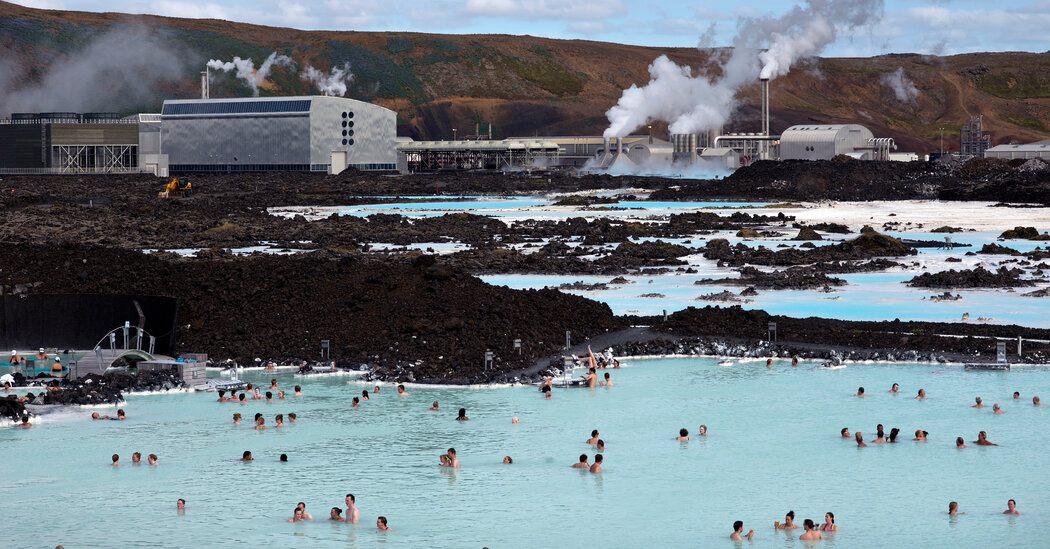Thousands of earthquakes recorded over the past few days have led to the pre-emptive closure of the Blue Lagoon, an iconic tourist destination in Iceland.
The largest of those earthquakes was of moderate strength, according to the Icelandic Meteorological Office, the country’s weather service. It reported that there were 1,400 earthquakes recorded in the country over a 24-hour span from Wednesday into Thursday. Thousands more were reported in the days before.
As a result, the management of the Blue Lagoon, a geothermal spa in Grindavik, decided to temporarily close the resort known for luxurious accommodations and relaxing vistas that can include the Northern Lights. The precautionary closure started Thursday and will last for a week, until Nov. 16.
“Blue Lagoon has proactively chosen to temporarily suspend operations for one week, despite the authorities not raising the current level of uncertainty during this period of seismic activity,” Blue Lagoon Iceland announced in a statement posted on its website.
“After many days of seismic activity in the area, and a night with powerful earthquakes, the disruption to our guests and prolonged strain on our employees was the primary reason behind our decision,” the Blue Lagoon said. Every year hundreds of thousands of people visit the spa, which had a record 1.3 million visitors in 2017, according to the Blue Lagoon’s website.
Iceland, a country of less than 400,000 people, has more than 600 natural hot springs. The volcanic island gets the better part of its heat and energy from geothermal sources. But that warm water has also long been part of the island’s culture, turning bathing in public pools into a sociable national pastime. (It may even be the reason for residents’ happiness.)
The country also has about 130 volcanoes, most of which are active. Iceland is above a hot spot, a place with “abnormally high magma activity,” according to the country’s official website, which notes that other famous hot spots include Yellowstone National Park and Hawaii.
The weather service said it would continue to review the data on earthquakes, adding that “the seismic activity last night and this morning is an example of this episodic seismic activity that can be expected while magma accumulation is in progress.”
“The fact that there are now larger earthquakes than before in the area does not necessarily mean an increased rate of magma accumulation,” it added.
The Global Volcanism Program at the…
Click Here to Read the Full Original Article at NYT > Travel…
